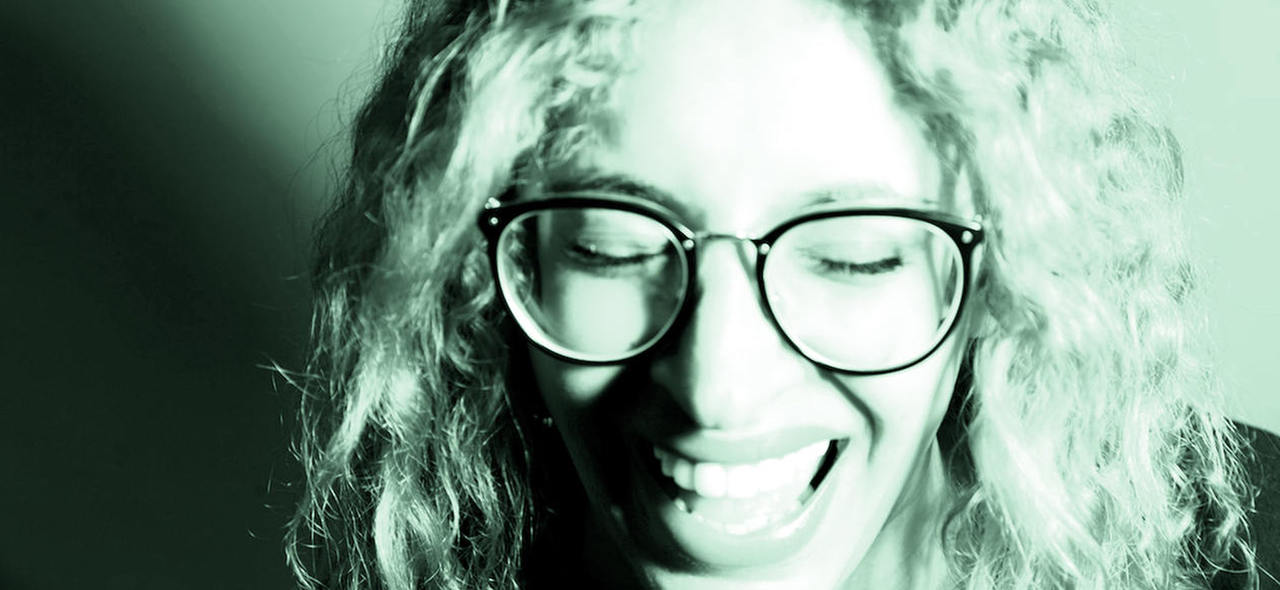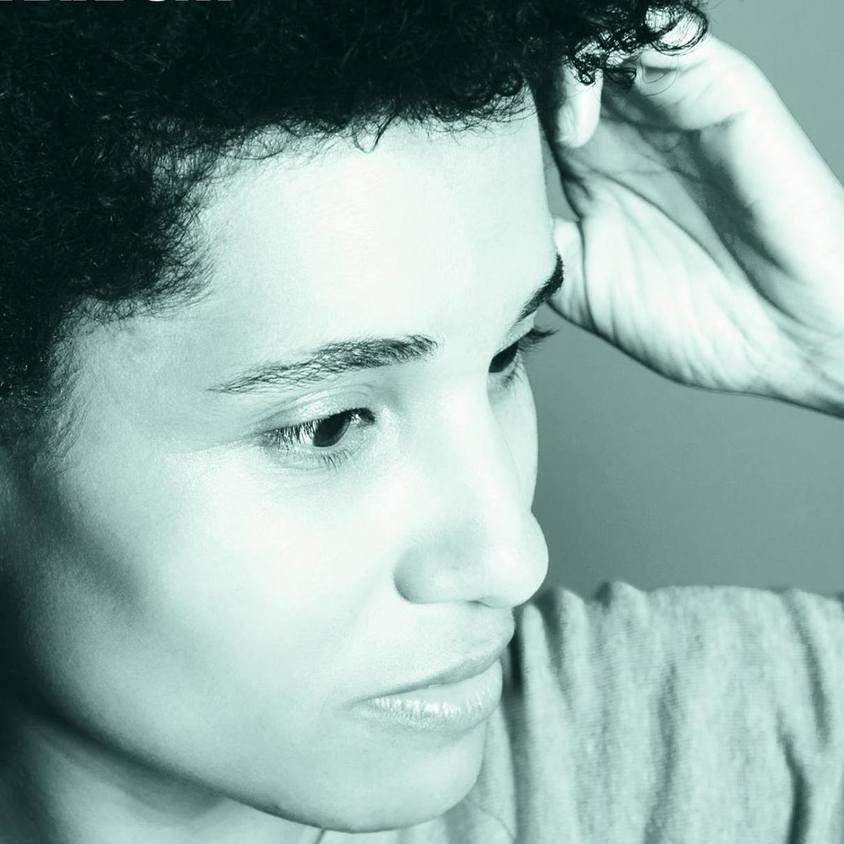The concept of the modern woman emerged in the early 20th century, but not everyone was able deal with the considerable stress this role involved.
Not much has changed really. Women who pursue a career often have to shoulder that notorious dual burden. After all, they are not swapping family and household tasks for a career, but have to cope with both (though there are exceptions). Some 100 years ago the artists featured in the STORM WOMEN exhibition did not fare much differently. They belonged to a generation for whom this was a new problem. Increasingly, women were playing a greater role in public life, studying and taking up careers. But they had few role models to show them how to reconcile their lives with a family and career, or the expectations of society and their own wishes. Belgian artist Marthe Donas was one of the women artists who struggled with this pressure. Which is unfortunate as things had got off to a really good start.
The drawings look like metal sculptures
Against her father’s will, in 1902 she attended the Koninklijke Academie voor Schone Kunsten van Antwerpen,and between 1912 and 1914 was taught at the Hoger Instituut voor Beeldende Kunsten in Antwerp. Ironically, it was World War I that kickstarted her career. When the Germans invaded Belgium she and her family fled to the Netherlands, and from there Donas went on to Dublin, and finally to Paris. In the French capital she soon made friends in the art scene, attended the Académie de la Grande Chaumière and Académie Ranson, socialized in the Montparnasse district and discovered Cubism in André Lhote’s studio. A stay on the French Riviera led to her collaborating with one of the leading sculptors of the time, Alexander Archipenko.
His influence on her painting became evident in several drawings executed in 1917/18. In Kubistischer Kopf (Cubist Head), Kind mit Blumen (Child with Flowers) and Frau mit Hut (Woman with Hat) Donas developed her own version of Archipenko’s “sculpto-paintings”. The drawings look like metal sculptures, you can even detect the hatchings of the metal. While Archipenko worked with materials such as glass, wood or nickel, in her Stillleben mit Flasche and Tasse (Still Life with Bottle and Cup) Donas used gauze, coarse canvas or lace to lend her work greater structure.
Artistic expression was regarded as a male domain
Following the armistice in 1918 Archipenko and Donas both returned to Paris and worked on re-establishing the artist group "Section d'Or". The artists had made a name for themselves in 1912 with a sensational exhibition. Fernand Leger, Albert Gleizes, Léopold Survage were members, as were Georges Braque and Jacques Villon, Russian-Ukrainian artists or Rumanian artist Constantin Brancusi. Donas received immense support from Archipenko. And it was also in this circle that she first used the pseudonym Tour d'Onasky, which soon became Tour Donas. The fact that this first name could not be ascribed to a specific sex meant she was able to avoid the clichés and prejudices women artists routinely faced. Moreover, abstract art was deemed too intellectual and too rational for women who were considered either very emotional or practical and realistic. Artistic expression was seen as a male domain.
Then in 1919 Archipenko recommended her to Herwarth Walden as “my best student”. A year later Donas participated in a show in the STURM Galerie with Nell Walden. Some 37 works from the years 1917 to 1919 were presented, and a further 24 in 1921. Walden regularly bought paintings from Donas from the group exhibitions, he submitted paintings for the International Art Exhibition in Düsseldorf in 1922 and included her works in the third edition of his book Einblick in die Kunst (Insight into Art). Frau mit Vase (Woman with Vase) was even printed in color, something normally only reserved for Béla Kádár and Franz Marc.
Marthe Donas lost the battle
The sculptural quality of her works faded over the years as did her relationship with Archipenko. Admittedly, Donas remained true to Cubism, but under the influence of Gleiz and van Doesburg her paintings became flatter, more orderly and two-dimensional.
In 1921 she had to give up her studio for health reasons and returned to Antwerp. As a result of her breaking with Archipenko and the dissolution of Section d'Or her carefully constructed network and contact to the Paris art scene were lost. In 1922 she married the philosopher Harry Franke, and from 1926 onwards she tried to re-establish contact with the avant-garde in Brussels and returned to Paris for an exhibition with the group L'Assaut. In 1927 she stopped painting. One of her final works clearly illustrates her lost battle. Unter der Lampe (Beneath the Lamp) shows the artist bending over some sewing.
P.S.: She had not completely given up the battle, however. In the 1940s Donas resumed painting with religious motifs and family scenes. But she gained little recognition for her work.

STORM SALON FEAT. MINT CLUB NIGHT: Soumaya Phéline
As part of the exhibition STORM WOMEN SCHIRN is, together with MINT Berlin, hosting the STORM SALON at SCHIRN Café. Guesting December 10: Soumaya...

STORM SALON FEAT. MINT CLUB NIGHT: DJ rRoxymore
As part of the exhibition STORM WOMEN SCHIRN is, together with Mint Berlin, a network of women active in electronic music, hosting the STORM SALON at...